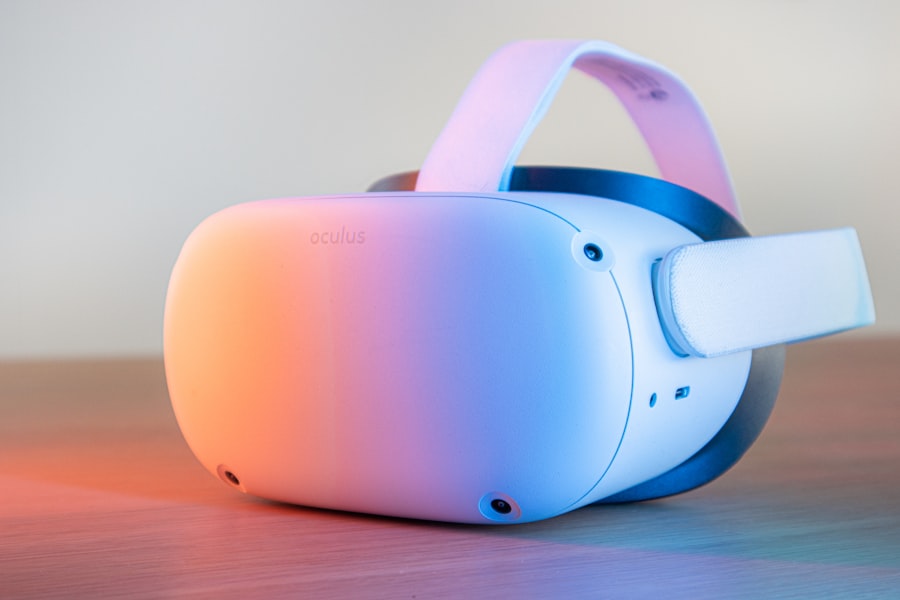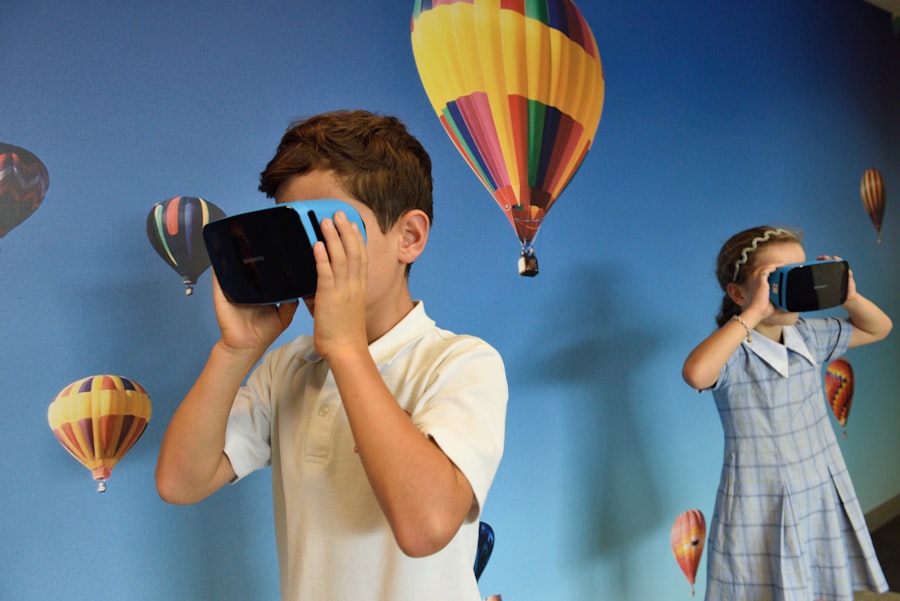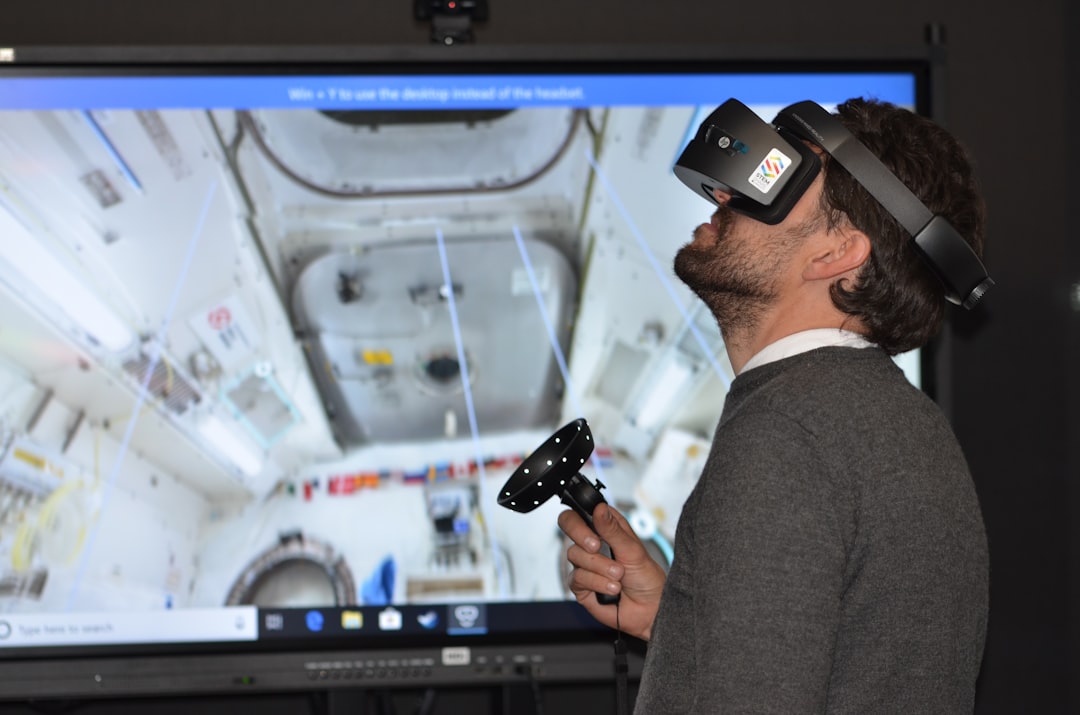The concept of the metaverse has evolved from a niche idea in science fiction to a burgeoning reality that is capturing the imagination of technologists, entrepreneurs, and everyday users alike. Initially popularized by Neal Stephenson’s 1992 novel “Snow Crash,” the term has come to represent a collective virtual space where users can interact with a computer-generated environment and other users in real-time. This digital frontier is not merely an extension of the internet; it is a multi-dimensional universe that integrates augmented reality (AR), virtual reality (VR), and blockchain technology to create immersive experiences.
The rise of the metaverse is fueled by advancements in technology, increased internet accessibility, and a growing desire for social interaction in digital spaces. As major tech companies invest heavily in metaverse development, the landscape is rapidly changing. Facebook’s rebranding to Meta in 2021 signaled a significant shift in focus towards building a comprehensive metaverse ecosystem.
Other industry giants, such as Microsoft and Google, are also exploring ways to integrate their services into this new digital realm. The metaverse promises to revolutionize how we communicate, work, and play, offering a seamless blend of physical and digital experiences. With the proliferation of high-speed internet and affordable VR headsets, users are increasingly drawn to these virtual environments, where they can engage in activities ranging from gaming to attending concerts, all while interacting with others from around the globe.
Key Takeaways
- The metaverse is a new digital frontier that is rapidly gaining popularity and transforming the way we interact with technology and each other.
- Virtual worlds offer endless possibilities for exploration, creativity, and social interaction, but also present challenges in terms of privacy and digital identity.
- The metaverse has a significant impact on social interactions and relationships, blurring the lines between the physical and digital worlds.
- Virtual economies in the metaverse present both opportunities for entrepreneurship and innovation, as well as challenges related to regulation and security.
- Technology, including virtual reality and augmented reality, plays a crucial role in shaping the metaverse and driving its development and adoption.
The metaverse comprises a multitude of virtual worlds, each offering unique experiences and opportunities for exploration.
” Each platform has its own set of rules, economies, and social dynamics, creating a rich tapestry of digital experiences. Users can create avatars that represent them in these spaces, allowing for self-expression and identity exploration in ways that may not be possible in the physical world.
Navigating these virtual worlds requires an understanding of their distinct cultures and functionalities. For instance, “Fortnite” has evolved beyond a mere battle royale game into a social platform where users can attend live events, watch movies, and interact with friends. In contrast, “Decentraland” operates on blockchain technology, allowing users to buy, sell, and trade virtual real estate using cryptocurrency.
This diversity in virtual worlds means that users can find spaces that resonate with their interests, whether they are seeking adventure, creativity, or social connection.
The Impact of the Metaverse on Social Interactions and Relationships

The metaverse has the potential to transform social interactions and relationships in profound ways. In traditional social media platforms, interactions are often limited to text-based communication or static images. However, the metaverse allows for real-time interactions in immersive environments where users can engage with one another through their avatars.
This shift from passive consumption to active participation fosters deeper connections and enhances the sense of presence among users. People can attend virtual gatherings, collaborate on projects, or simply hang out in shared spaces, creating opportunities for meaningful relationships that transcend geographical boundaries. Moreover, the metaverse offers unique avenues for self-expression and identity exploration.
Users can craft their avatars to reflect their personalities or experiment with different identities in ways that may not be feasible in the physical world. This freedom can lead to increased confidence and creativity as individuals navigate their social lives within these digital realms. However, it also raises questions about authenticity and the nature of relationships formed in virtual spaces.
As users curate their online personas, the line between genuine connection and performance may blur, prompting discussions about the implications of digital identity on real-world relationships.
Opportunities and Challenges in the Metaverse: Exploring Virtual Economies
| Opportunities | Challenges |
|---|---|
| Creation of new virtual goods and services | Regulation and governance issues |
| Virtual real estate development | Security and privacy concerns |
| Monetization through virtual currencies | Integration with real-world economies |
| Enhanced social interactions and networking | Technical infrastructure limitations |
The emergence of the metaverse has given rise to new economic models that challenge traditional notions of commerce and value creation. Virtual economies are flourishing within these digital spaces, where users can buy, sell, and trade virtual goods and services using cryptocurrencies or platform-specific currencies. For instance, in “Roblox,” developers can create games and experiences that generate revenue through in-game purchases, while “Decentraland” allows users to buy virtual land and monetize it through advertising or hosting events.
These opportunities empower creators and entrepreneurs to build sustainable businesses within the metaverse. However, the rapid growth of virtual economies also presents challenges that must be addressed. Issues such as market volatility, regulatory concerns, and digital asset ownership are at the forefront of discussions surrounding the metaverse’s economic landscape.
The value of virtual goods can fluctuate dramatically based on demand and speculation, leading to potential financial risks for users. Additionally, as more people engage in virtual commerce, questions about consumer protection and fraud prevention become increasingly relevant. Establishing clear regulations and guidelines will be essential to ensure a fair and secure environment for all participants in these emerging economies.
The Role of Technology in Shaping the Metaverse: Virtual Reality and Augmented Reality
Technology plays a pivotal role in shaping the metaverse experience, with virtual reality (VR) and augmented reality (AR) serving as foundational elements. VR immerses users in fully realized digital environments through headsets that track movement and provide sensory feedback. This technology enables users to engage with virtual worlds in ways that feel tangible and lifelike.
For example, platforms like “Oculus Quest” offer users the ability to explore vast landscapes or participate in interactive games that require physical movement, enhancing the sense of presence within these spaces. On the other hand, AR overlays digital information onto the physical world, creating hybrid experiences that blend reality with virtual elements. Applications like “Pokémon GO” have demonstrated the potential of AR to engage users by encouraging them to explore their surroundings while interacting with digital characters.
As AR technology continues to advance, it is likely that we will see more applications that integrate seamlessly into daily life, further blurring the lines between physical and digital experiences. Together, VR and AR are not only enhancing user engagement but also expanding the possibilities for creativity and innovation within the metaverse.
Ethics and Governance in the Metaverse: Addressing Digital Identity and Privacy

As the metaverse expands, ethical considerations surrounding digital identity and privacy become increasingly critical. Users often create avatars that represent them in these virtual spaces; however, this raises questions about authenticity and ownership of digital identities. The ability to curate one’s online persona can lead to issues related to deception or misrepresentation.
Furthermore, as users engage with various platforms, they may inadvertently share personal information that could be exploited by malicious actors or lead to privacy breaches. Governance within the metaverse is another area requiring careful consideration. With multiple platforms operating independently, establishing universal standards for user rights, data protection, and content moderation becomes challenging.
The decentralized nature of many metaverse platforms complicates regulatory efforts as well; traditional governance models may not be applicable in these digital environments. As stakeholders—including developers, users, and policymakers—navigate these complexities, it will be essential to foster discussions around ethical practices that prioritize user safety while promoting innovation.
The Future of Work and Education in the Metaverse: Virtual Offices and Classrooms
The metaverse holds significant promise for transforming work and education by providing immersive environments for collaboration and learning. Virtual offices are emerging as viable alternatives to traditional workplaces, allowing teams to connect regardless of their physical locations. Platforms like “Spatial” enable users to create virtual meeting spaces where colleagues can interact as if they were in the same room.
This shift not only enhances communication but also fosters a sense of camaraderie among remote workers who may otherwise feel isolated. In education, the metaverse offers innovative approaches to learning that transcend conventional classroom settings. Virtual classrooms can facilitate interactive lessons where students engage with content through simulations or collaborative projects with peers from around the world.
For instance, educators can use VR technology to take students on virtual field trips to historical sites or scientific laboratories without leaving their homes. This immersive learning experience can enhance understanding and retention while catering to diverse learning styles. As educational institutions begin to embrace these technologies, we may witness a paradigm shift in how knowledge is imparted and acquired.
Embracing Creativity and Innovation in the Metaverse: Virtual Art Galleries and Concerts
The metaverse serves as a canvas for creativity and innovation across various artistic disciplines. Virtual art galleries have emerged as platforms where artists can showcase their work without the constraints of physical space or geographical limitations. Artists like Krista Kim have gained recognition for their digital art installations within platforms such as “Decentraland,” where visitors can explore immersive exhibitions that challenge traditional notions of art consumption.
These virtual galleries not only democratize access to art but also allow for interactive experiences that engage audiences in new ways. Similarly, concerts held within the metaverse have redefined live music experiences by blending entertainment with interactivity. Events like Travis Scott’s concert in “Fortnite” attracted millions of viewers who could participate in a visually stunning performance while interacting with other fans in real-time.
This fusion of music and gaming creates unique opportunities for artists to reach wider audiences while providing fans with unforgettable experiences that transcend physical limitations. As creativity flourishes within these digital realms, we can expect an ongoing evolution of artistic expression that reflects the dynamic nature of the metaverse itself.
If you’re interested in exploring the dynamic and evolving world of the metaverse, particularly focusing on its gaming aspects, you might find the article “Metaverse Platforms and Ecosystems: Gaming in the Metaverse” highly informative. It delves into how various platforms are shaping the future of gaming within these virtual environments, offering insights into the integration of immersive technologies and user interactions. You can read more about this topic by visiting the following link: Metaverse Platforms and Ecosystems: Gaming in the Metaverse.
FAQs
What is the metaverse?
The metaverse is a collective virtual shared space, created by the convergence of virtually enhanced physical reality and physically persistent virtual reality.
What is the ROW metaverse?
The ROW metaverse is a virtual reality platform that allows users to interact with each other and the virtual environment through the use of avatars.
What can you do in the ROW metaverse?
In the ROW metaverse, users can engage in various activities such as socializing with others, attending virtual events, exploring virtual environments, and participating in virtual commerce.
How does the ROW metaverse work?
The ROW metaverse works by using virtual reality technology to create a digital environment that users can access and interact with using compatible devices such as VR headsets and controllers.
Is the ROW metaverse accessible to everyone?
The ROW metaverse is accessible to anyone with the necessary hardware and internet connection to access the platform. However, some features or activities within the metaverse may require additional purchases or subscriptions.
What are the potential benefits of the ROW metaverse?
The ROW metaverse has the potential to provide new opportunities for social interaction, entertainment, and commerce in a virtual environment. It can also offer immersive experiences and creative outlets for users.
Are there any concerns or risks associated with the ROW metaverse?
Some concerns associated with the ROW metaverse include issues related to privacy, security, and potential addiction to virtual experiences. Additionally, there may be challenges in regulating virtual commerce and ensuring fair and safe interactions within the metaverse.

Leave a Reply